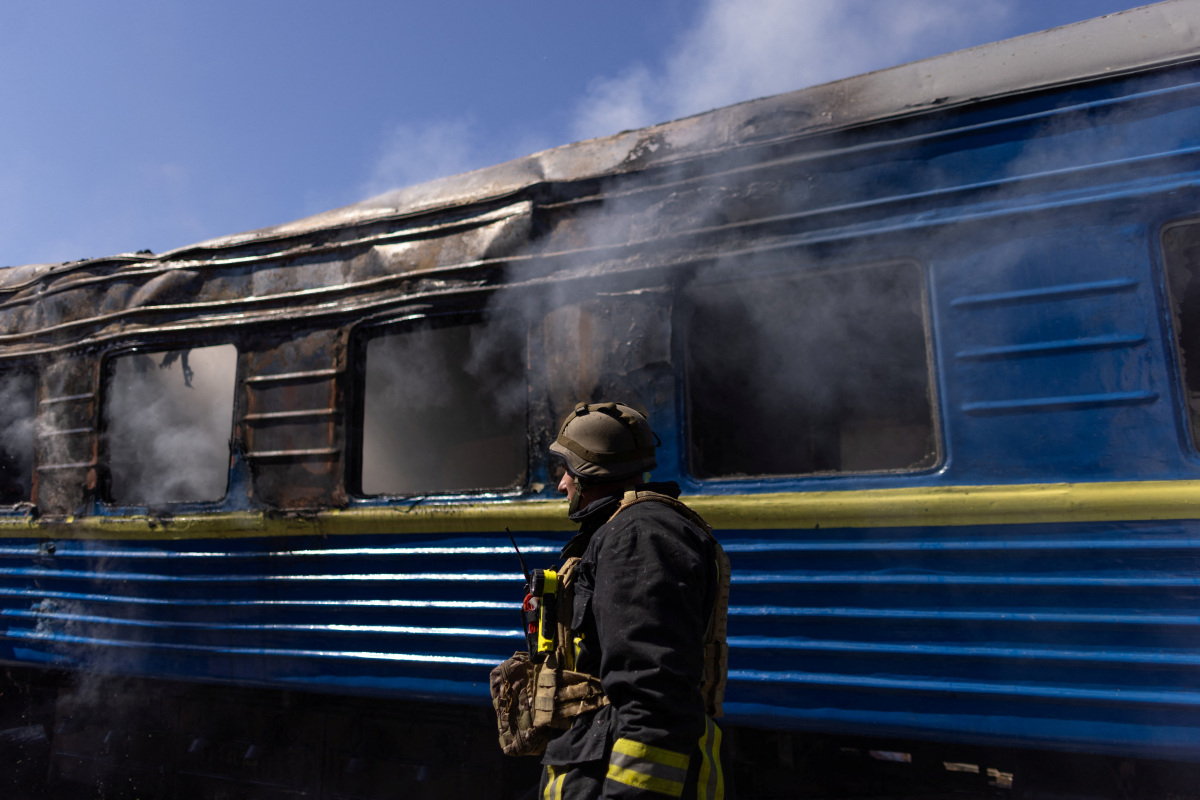Reuters
The most extraordinary outcome of the March banking shock would be if the problem dissipated quickly.
Many people hope the crisis of confidence infecting global banking this month can be repelled almost as quickly as it appeared. After all, regulators and policymakers are faster and more comprehensive in their response since the Lehman Brothers bust 15 years ago.
The steps taken by U.S. and Swiss authorities to shut off contagion have put out the flames of the current crisis. If the economic impact can be limited too, this time might be different.
But that may simply be wishful thinking, certainly if history is anything to go by. Bank crises tend not to be resolved in weeks or months – they smolder for years.
As banking is built on confidence, a sudden loss of trust can take a long time to rekindle – no matter how swift and bold authorities’ fire-fighting measures are.
And lack of confidence – from customers, investors or counter-parties – can be fatal to a bank if its capital cannot absorb losses or it cannot cover deposit outflow. A run on one can destabilize many others.
It can take years for bad loans to be wound down and impaired assets to be disposed of, and as we are seeing now some 15 years after the Great Financial Crisis, central banks’ emergency measures can stay in place for a very long time.
As an International Monetary Fund paper in 2020 stated baldly: “Financial distress typically lasts several years and is associated with large economic contractions and high fiscal costs.”
S&L DEBACLE
The easy comparison for any banking or market turmoil is the GFC of 2007-08. But crises don’t have to be equal to or worse than the world’s most calamitous financial disaster in a century to be extremely damaging.
Others down the decades share common traits – rising interest rates, lax lending standards, poor oversight, or deregulation – and are just as instructive of how long investors can expect the current problems to rumble on.
The U.S. ‘Savings and Loans’ (S&L) crisis of the 1980s and 1990s is a case in point.
As the Paul Volcker Fed jacked up interest rates to quell the inflation that had emerged in the 1970s, short-term funding costs for many U.S. ‘thrift’ lenders exceeded the interest they were receiving on their fixed-rate loans like mortgages.
Coupled with deregulation and lax lending standards, the crisis reached boiling point in the mid-1980s and around a third of the country’s S&L firms – over 1,000 in total – would go bust.
The crisis radically redrew the U.S. financial sector, ended up costing the U.S. taxpayer around $160 billion and, according to some analysts, contributed to the 1990 recession. Most striking was duration of the problems – they stretched from the early 1980s right through the mid-1990s.
“NOT HAVING A CLUE”
In a G30 paper ‘Lessons Learned from Previous Banking Crises: Sweden, Japan, Spain, and Mexico’ published in 2009, the policymaking authors noted that four factors are common to all financial crises – inherent weaknesses in the financial system; some event highlights these weaknesses explicitly; contagion spreads; resolution measures are applied.
Contagion loomed large over Sweden’s 1990-94 crisis as much as any – six of the country’s largest seven banks, with a combined market share of around 85%, were affected, as well as other financial institutions.
Interest rates in Sweden were raised to combat high inflation, which led to slower economic growth, falling asset prices, and an increasingly challenging environment for banks and other lenders. Sound familiar?
Another familiar echo is banks being unaware just how deep and far their risk-taking extends. As former Riksbank governor Stefan Ingves wrote caustically in the G30 paper: “Many pundits are concerned that banks’ behavior may be influenced by moral hazard, but ‘not having a clue’ seems to be as important in many cases.”
Sweden’s crisis ‘only’ lasted four years. By some measures, Japan has been in a banking and financial funk to varying degrees for the best part of 30 years following the housing and stock market busts of the early 1990s.
Urban land prices in Japan only started rising in 2017 and are still 65% below their 1991 peak, and the benchmark Nikkei 225 stock market is still 30% below it 1989 peak.
Granted, Japan is an outlier due to its unique mix of deflation, demographics, and debt, meaning the country has effectively been in a liquidity trap for decades.
But other banking crises follow the same playbook, even if their outcomes are not as extreme.
“Liquidity can be provided easily by central banks but losses on assets can take a long time to recoup,” notes Chris Iggo at AXA Investment Managers in London.
(The opinions expressed here are those of the author, a columnist for Reuters.)
(By Jamie McGeever; Editing by Andrea Ricci)






